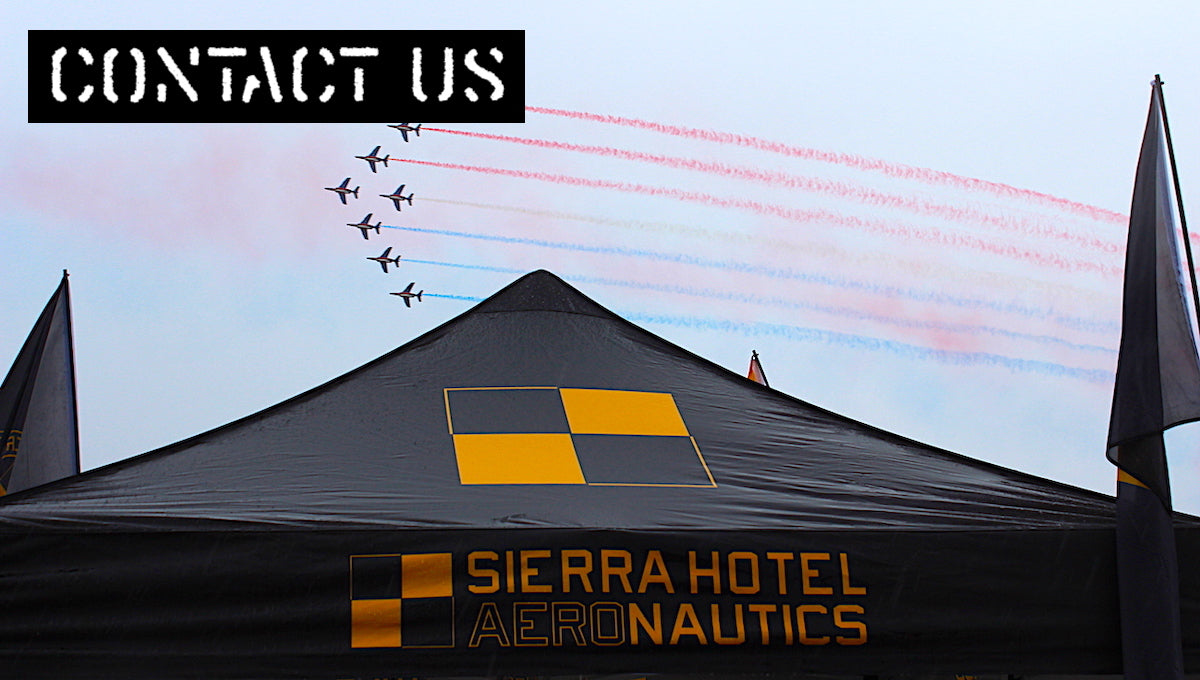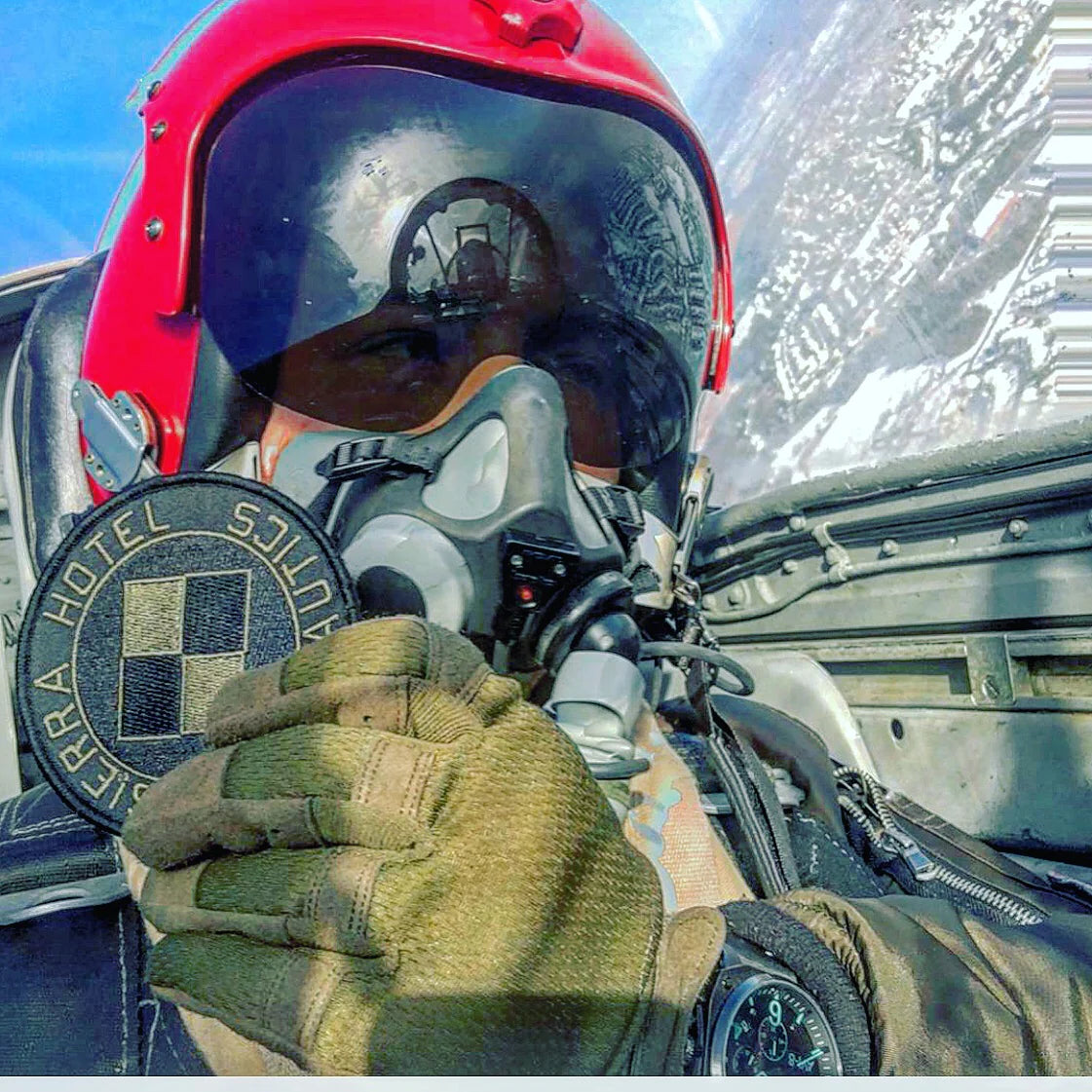The Day a USAF KC-135 Crew Saved an F-4 Phantom by Dragging it Home
On the 5th of September, 1983, 4 USAF F-4E Phantom jets were flying over the Atlantic en route to Europe along with the support of a KC-135 known as "North Star".
These five aircraft were part of a larger number of Phantoms and tankers on a routine trans-Atlantic flight. To make the crossing, the starving thrust-dependent Phantom jets would require "tanking" a total of 8 times to fill their thirsty engines.
Midway across the Atlantic, and just prior to the 4th refuel, one of the F-4Es piloted by Maj. Jon “Ghost” Alexander and his WSO, Dan Silvis, started to develop some engine problems. After a quick visual from one of the other aircraft, it was discovered Ghost's F-4E was bleeding oil. The emergency divert base at Gander, Newfoundland, was contacted with an emergency declaration.
Shortly after, things began to rapidly deteriorate when the still-turning but barely burning turbines started to wind down, and the Phantom jet, known for its dependence on power, started to bleed airspeed and altitude simultaneously.
At this point, with the Number Two engine barely hanging on, the Number One began to struggle with the higher temperatures and load of keeping the Phantom airborne. Watching the airspeed decay, Ghost decided to jettison his external tanks to reduce drag and weight in hopes of saving his dying jet.
 Struggling with a dying Number 1 and an overheating Number 2 while maintaining an extreme high nose-up attitude to keep far away from the frigid Atlantic beneath, sadly for Ghost and his WSO, things were about to go even further south...moments after dropping his tanks, his jet's hydraulic system failed, crippling the stricken jet even further. And reducing the list of available options to one...Eject!
Struggling with a dying Number 1 and an overheating Number 2 while maintaining an extreme high nose-up attitude to keep far away from the frigid Atlantic beneath, sadly for Ghost and his WSO, things were about to go even further south...moments after dropping his tanks, his jet's hydraulic system failed, crippling the stricken jet even further. And reducing the list of available options to one...Eject!Still 520 miles out of Gander and facing a certain death in the waters below, "Lone Star" E-113, crewed by Captain Robert Goodman, Captain Michael Clover, First Lieutenant Karol Wojcikowski and Staff Sergeant Douglas Simmons, pulled high and in front of Ghost's Phantom, dropping flaps and slats to slow to the speed of the crippled jet.
As the altitude dropped to 4000 feet over the water, "North Star" hooked up with Ghost's Phantom and started to transfer fuel to his starving J-79 engines. Considering the lack of hydraulics and asymmetric thrust produced by the F-4, as well as the high Angle of Attack flown by both aircraft at low airspeed and altitude, this was no easy feat.
The F-4E could not hold on, as the decaying power and airspeed proved too much for the tanker, and repeatedly brute-force disconnected from the refuelling probe. Each time, the tanker descended after the dying Phantom jet in a final descent towards the waters below. The crew of "North Star" pushed their nose over and chased the Phantom lower. And slower, this time indicating as little as 190 knots at 1400 feet above the cold Atlantic waves.
Amazingly, holding the connection, "North Star" began to actually tow Ghost's Phantom for the final 160 miles to Gander.
As the coast of Newfoundland appeared on the horizon, and at 6000 feet of altitude, Ghost was able to coax a little power out of his now cooled #2 engine, disengaged from the boom, and was now left with the simple proposition of landing a Phantom that was only capable of banking left. Ghost's WSO quickly formulated an approach that would allow the jet to align with Gander’s main runway. While taking into account the jet's limited performance abilities.
Moments later, Ghost and his WSO touched down safe and dry on the runway complex at Gander and rolled to a stop.
The crew of "North Star," Captains Robert J. Goodman and Michael F. Clover, First Lieutenant Karol F. Wojcikowski and Staff Sergeant Douglas D. Simmons, all received the Mackay Trophy for their efforts above and beyond the call of duty in saving the F-4E crew from certain death in the waters below.














My dad was a lifer in the Air Force, retired as a Major from Luke AFB in the mid 70’s. Couldn’t have been more proud of being a military brat. Takes a special kind of person to continue to answer the call of duty be successful at it and also able to Instruct. That my dad did and a bit more. His luck ran out when he ended up with 3 girls! Even our dog lol. Thank god he had a sense of humor and living with him made me a very smart person knowing and having an advantage growing up air-force. The phatom 4 is my favorite jet and I’ll always remember the rumble in my chest or the fly overs of a dad saying hi honey I’m watching over you. I was so happy when he came home from Vietnam . We used the sm. reel-to-reel recorder in order to talk back and forth and sent some really great candies along with other personal effects . Guess dad and the others shared their stuff and of coarse couldn’t wait to hear back from him. It’s pretty special being able to have not just your own hero to live with but a bunch of hero’s who helped as dad had always taught that it takes an entire team working together to make things work and everyone on a dimes notice. Miss him so much. He’s been gone 25 years. Believe it when I say I was floored when I found out it was a 10 pnt. buck coming out of the cemetery of all places that took his life. Missing my own hero and glad that Ghost and his WSO made landing and to the crew of the North Star with fast accurate thinking and maneuvering where eagles dare . A grateful heart thanks all of you for the sacrifices and risky choices that are made daily .
Would anyone expect less of a United States aviator. Certainly not our skilled pilots and CREW members of ar force,navy, coast guard,army ,and marine corps.
The best then,and today.
With thanks; from each one of us.
We had a couple of incidents where the #4 tank on the Phantom erupted during in-flight refueling and the tanker stayed connected pumping gas as it “towed” the Phantom to the nearest base.
I read about this while I was still in (I was at Ramstein AB at the time) ; An excellent example of superior airmanship!
Leave a comment